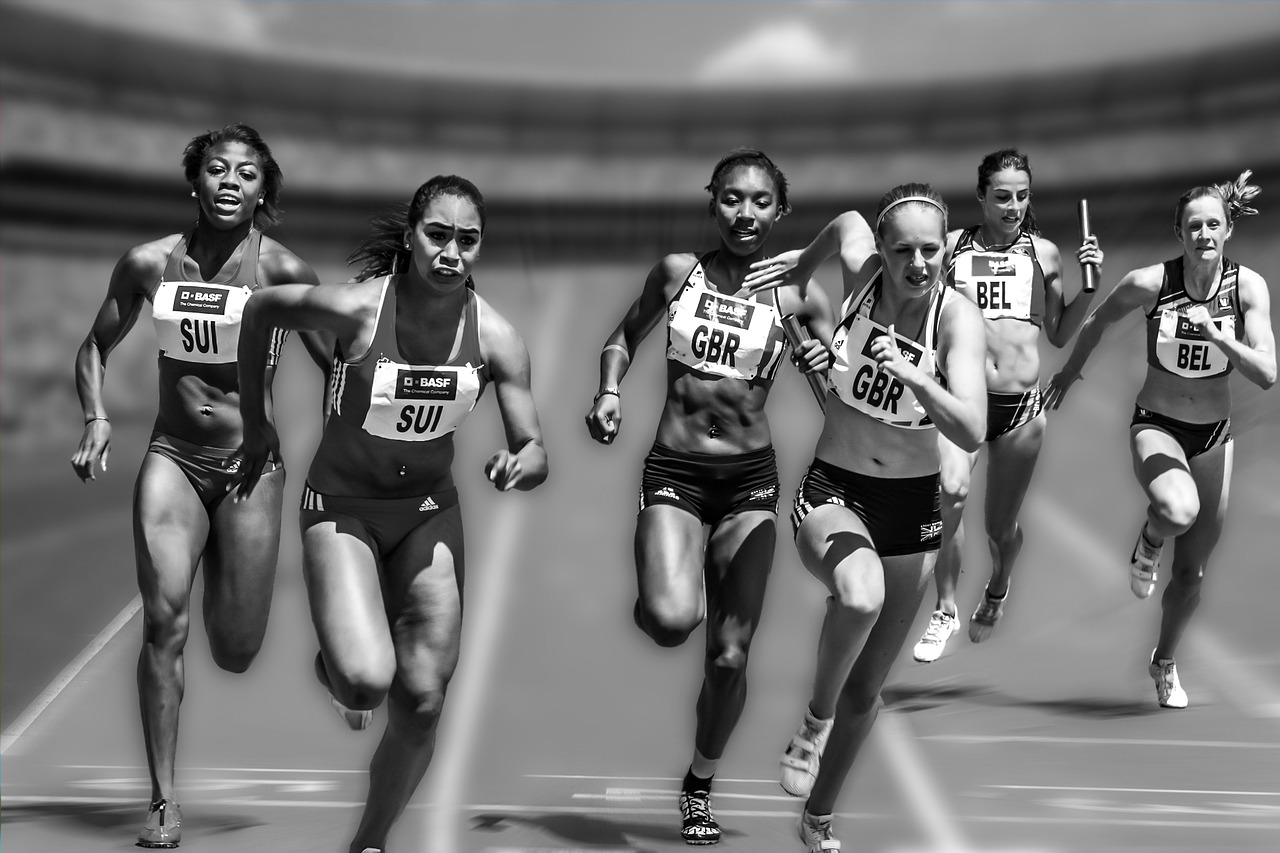
A reader comment enquired about the general relative speed of the two major 3D printing processes, plastic extrusion and photocurable resin.
Alex McIl asked:
I want to create an experiment to see if FDM or SLA is faster at printing. I know there are lots of variables to consider, but was wondering if one in general is faster than the other?
As I considered the question, more questions arose and it became something worthy on which to post some thoughts.
Plastic extrusion is perhaps the most popular method of 3D printing. In this approach a plastic filament (or sometimes a hopper of plastic pellets) is precisely heated and then extruded through a slim nozzle. The nozzle is carefully moved over the surface of an entire layer of an object.
As you might imagine, the speed of this process is governed by a combination of the size of the object being printed, the speed of the nozzle movement, and the thickness of the extrusion – which is a factor of the nozzle diameter.
While you can make a nozzle move quite fast, in practice this isn’t something you’d want to do, because of several issues:
- The plastic flow may be “strung out” and result in thinner extrusions than you require
- The flow of material through the hot end may be so rapid that there isn’t time for the heat to sufficiently soften the plastic
- Changes in nozzle path require the motion system to overcome large directional momentum and if not, inaccuracies result
- Some materials require much slower movement due to their physical properties
On the other hand, there is SLA, or photocurable resin 3D printing processes. The issue here is that there are essentially two forms of SLA:
Where a laser (or lasers) trace each portion of the layer surface to selectively solidify the resin
Where a LED panel, DLP projector or similar light system illuminates the ENTIRE resin surface at once, selectively curing the layer in one operation.
Aside from the differences in Laser vs. Panel/Projector lighting, the speed of the SLA process is governed by the speed that the resin can cure: how long an exposure does it take? This varies by resin mixture.
Another speed factor in resin 3D printing is how quickly the system can move to the next layer. In some setups, the lighting passes through the bottom of a transparent resin tank, where the newly-solidified resin sometimes adheres to the bottom of the tank, requiring a tedious “peel” process to free it up and move to the next layer. However, some manufacturers (like Uniz or Carbon and several others) have developed systems to instantly free the layer making printing much speedier. Other approaches actually eliminate this issue by solidifying the top of the resin surface instead of the bottom, such as is done by Gizmo 3D Printers.
Now, having this understanding, let’s consider the original question: which process is faster?
The answer, I believe, is completely unknown, because there are far too many considerations, such as:
- Which resin process is being evaluated?
- What material is being printed?
- Which specific device and model is being evaluated? (There are vast differences in speed between models using the same process)
And those are the questions if you are doing an evaluation using a standard test object. But wait, some test objects might be more suitable for a particular process, so this may not be the best way to evaluate speed.
If you are talking about arbitrary objects, then the question is even more open.
In the end, it comes down to this:
- What is it you are interested in 3D printing? What specific 3D model is to be made?
- What material is most suitable for your application (and sometimes specific materials are available only on certain processes)
- What specific 3D printer is being used?
And that last question also leads to this: How much money is in your budget? If you have a small budget, the set of possible machines you can use is restricted and you may not achieve the speed possible on more expensive machines.
My final answer: It Depends.

